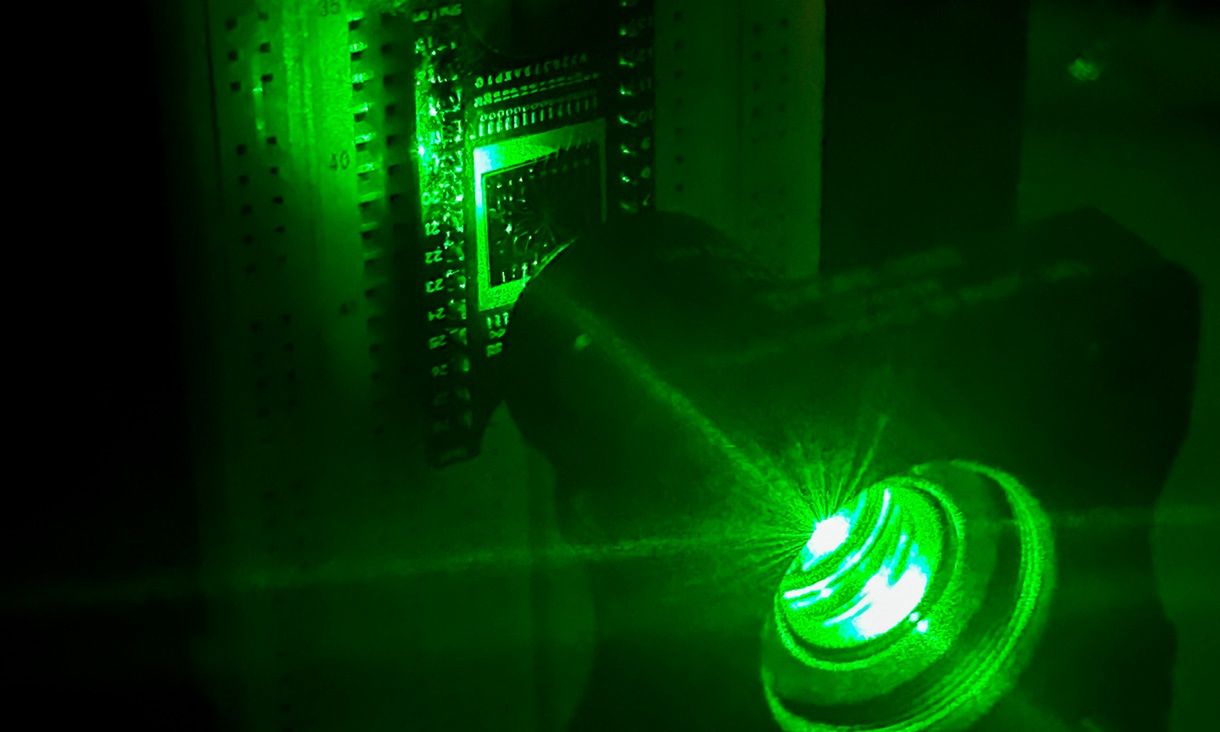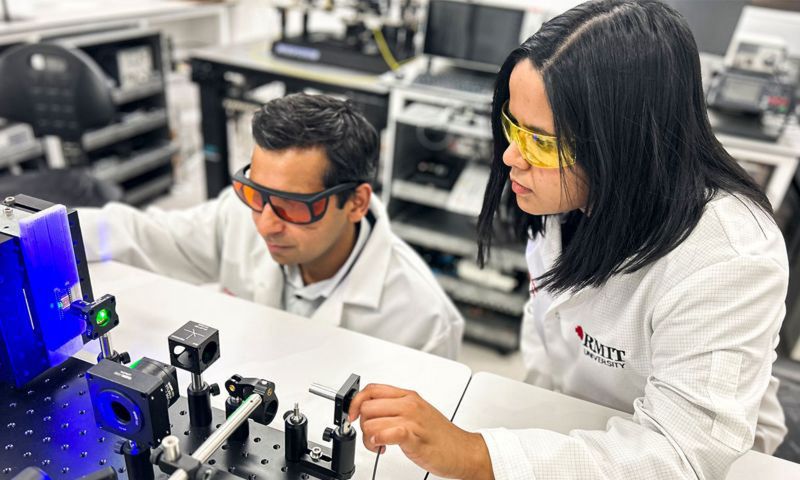
Researchers at Australia's RMIT University have developed a chip that mimics brain function and visual perception, which could dramatically transform the fields of robotics and self-driving cars.
Engineers from RMIT University in Australia have created a small, brain-inspired device that can detect hand motions, store visual memories, and process data independently of an external computer. This advanced chip emulates both the functionality of the human brain and the eye.
At the core of the device lies a metallic complex.

“Neuromorphic vision systems mimic analogous processing like our brain does, potentially decreasing the energy required for intricate visual tasks significantly when contrasted with current digital technologies,” explained Professor Sumeet Walia, who leads the research initiative as well as directs the RMIT Centre for Advanced Materials and Sensor Research, in an official statement. university release .
Read also:
China's advancement in extracting uranium from seawater
The tiny chip incorporates molybdenum disulfide, also known as MoS2—a metal compound just a few atoms wide. This material serves the purpose of capturing light and handling visual data instantaneously. As per the principal researcher involved in this initiative, “This prototype emulates the functionality of the human eye in terms of receiving light signals and mirrors the brain’s capacity to interpret these visuals. Consequently, it has the capability to detect changes within the surroundings promptly and store memory efficiently, all while minimizing reliance on extensive data storage and power consumption.”
What might be some possible uses for this technology?
The innovative tech might greatly enhance the reaction speed of self-driving cars and sophisticated robots, particularly important in hazardous and uncertain settings. As Prof. Sumeet Walia pointed out, "Although neuromorphic vision remains decades ahead, this approach could identify alterations in an environment nearly instantaneously, eliminating the necessity for extensive data processing, thus facilitating quicker responses that may prevent fatalities."
Read also:
Advancement in Heart Cell Arrangement Offers Hope for Defect Study
During experiments, the device detected changes in the movement of a waving hand without needing to record events frame by frame, significantly reducing the demand for data processing and energy. The team plans to scale this proof of concept to a larger array of MoS2-based pixels.

Australian scientists await patent
RMIT has filed for a provisional patent for this technology, and the research has been published in the journal " Advanced Materials Technologies ". The team is also integrating this technology with conventional digital systems, which could benefit visual processing, where energy efficiency and real-time operations are crucial.
Read also:
Psychedelics' promise: Potential breakthrough in mental health therapy
Read also:
Robotic vine tackles disaster rescue challenges with ease
Robotics turmoil: Unitree H1 raises safety issues in China
A billion years from now: The future of Earth as the Sun evolves